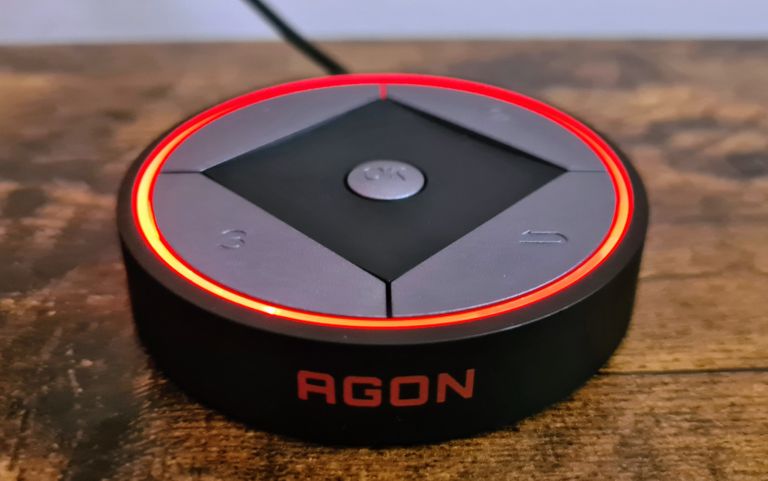

If the display miniport driver doesn't support at least the Brightness Control Interface, the monitor driver uses ACPI to query for the _BCL, _BCM, and _BQC methods on the child device. The Brightness Control Interface V.2 that is identified by GUID_DEVINTERFACE_BRIGHTNESS and DXGK_BRIGHTNESS_INTERFACE_VERSION_2.The Brightness Control Interface that is identified by GUID_DEVINTERFACE_BRIGHTNESS_2 and DXGK_BRIGHTNESS_INTERFACE_VERSION_1.

For the first video target that is marked as having output technology that connects internally in a computer ( D3DKMDT_VOT_INTERNAL), the monitor driver calls the display miniport driver's DxgkDdiQueryInterface function to query for both of the following: For compatibility with the Windows 2000 Display Driver Model, the monitor driver implements the IOCTL-based brightness controls.Įither the display miniport driver or the ACPI methods exposed by the system basic input/output system (BIOS) can support changing the brightness of an integrated display panel. Registers with the Advanced Configuration and Power Interface (ACPI) to process ACPI-based brightness shortcut keys.Registers with the Device Power Policy Engine (DPPE) so that brightness levels respond to changes in power policy.Implements a Windows Management Instrumentation (WMI) interface to allow applications (such as the operating system's brightness slider) to interact with the brightness level.In Windows Vista and Windows 7, the monitor driver: Brightness controls are implemented in the system-supplied monitor driver ( Monitor.sys).


 0 kommentar(er)
0 kommentar(er)
